The Beginning of the Egg Era: Nanna and Jørgen Ditzel’s Egg Chair
I have long been a fan of cocoon-like forms: cozy, calm and protected, furniture that you sink into rather than sit on. They provide an escape, however temporary, from both your physical and emotional surroundings. Crawl up with a good book or a the latest issue of your favorite magazine and enjoy a bit of self-imposed seclusion. In this case, the “cocoon-like form is more specifically that of an egg. Designed by Nanna & Jørgen Ditzel in 1959, the Egg Chair has since been defined as a design classic.
The Egg Chair, designed by Nanna & Jørgen Ditzel and manufactured by Bonacina Pierantonio.
The design illustrates the naturalist themes common in Scandinavian design (fitting seeing as the design duo is from Copenhagen). A woven wicker form within a steel frame (and of course a seat cushion for added comfort within) suspends from a nickel-plated hanging chain (a fixing catch is included), in a fashion similar to Eero Aarnio’s Bubble Chair (1968). Described as “a room within a room”, its similarities extend beyond the suspension factor despite the fact that the materiality and overall aesthetic differ tremendously. For the garden or terrace, a loft or modern living space, the Egg Chair provides an often-necessary escape. With its more nature-driven aesthetic (compared to Aarnio’s futuristic-modern vibe), its capable of being a more transitional piece. The lack of a strong beam or tree branch prohibit installation since it is also available in a free-standing version.

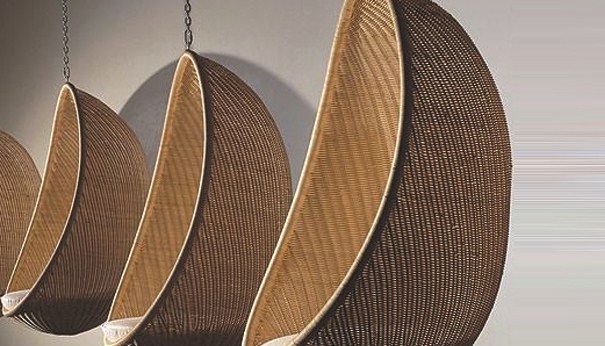
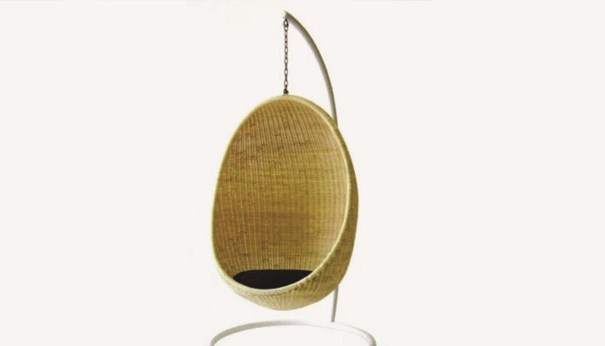
The egg form has gained popularity. Contemporary designs which utilize this shape include the Culla Sinuè crib by Daniela Avaltroni, the Ovalia Egg Chair designed by Henrik Thor-Larsen, Villeroy and Boch’s Aveo Bath and finally the LOMME bed designed by Günther Thöny. The current trend, however, seems to be a more literal interpretation of the shape and aesthetic.
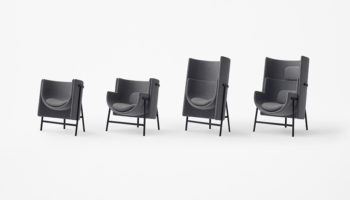
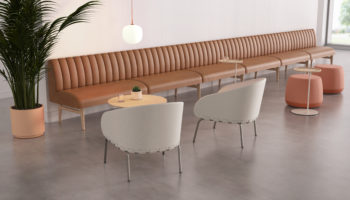
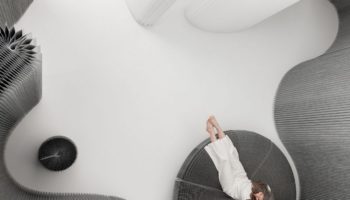

Leave a Reply